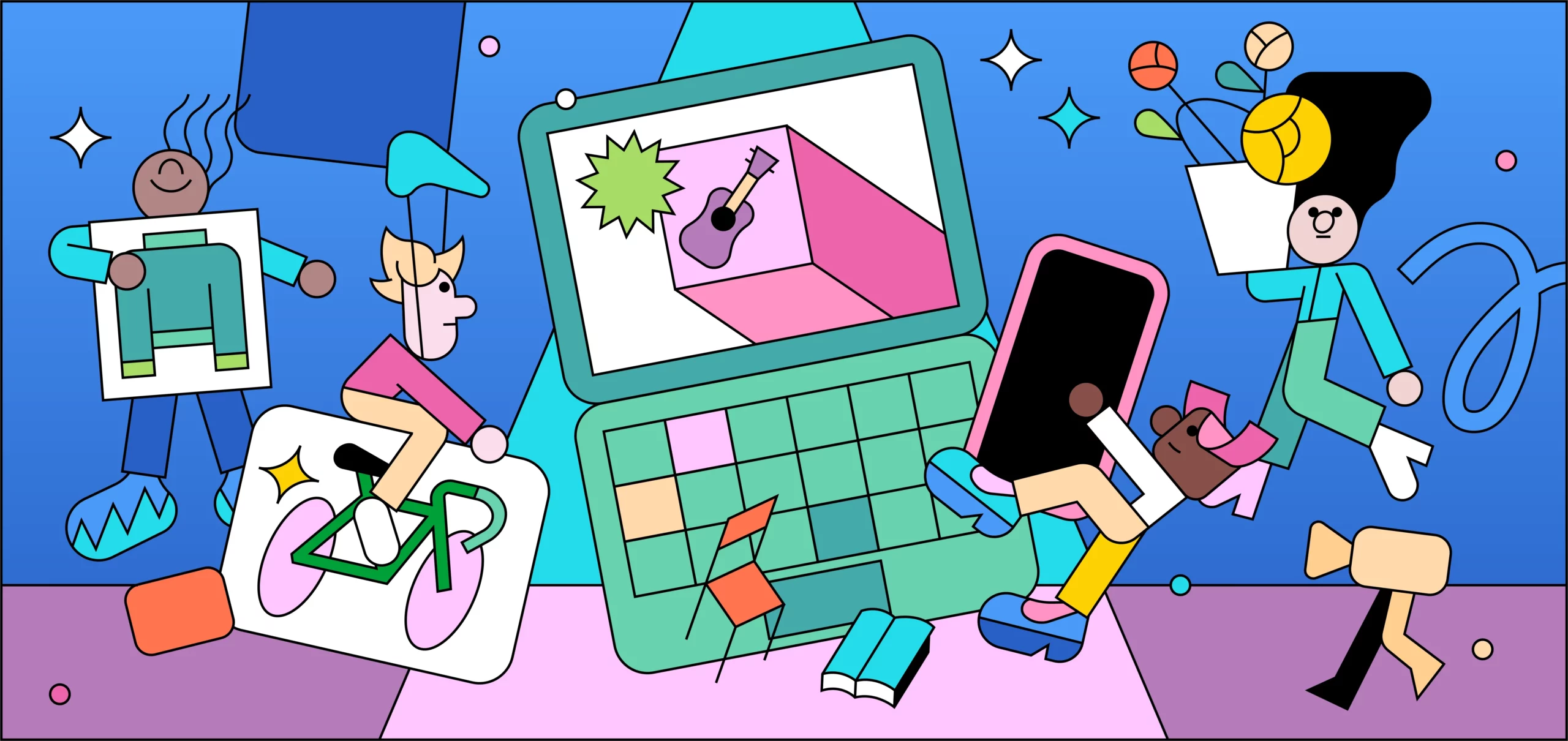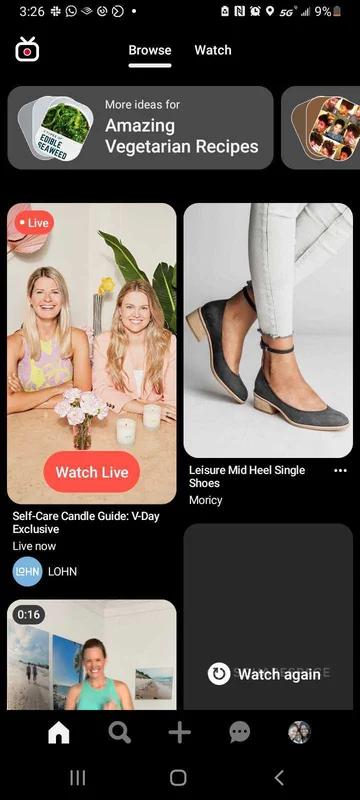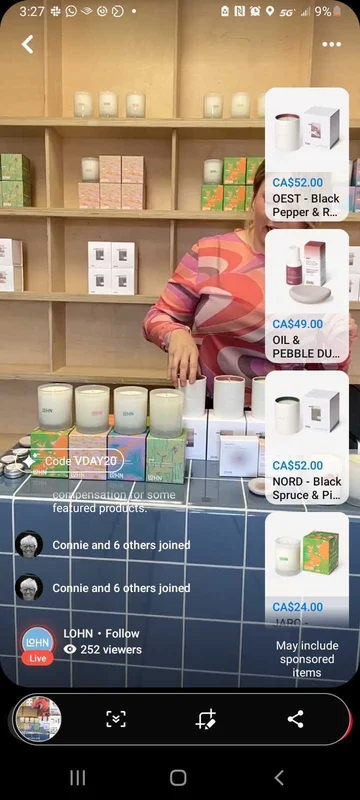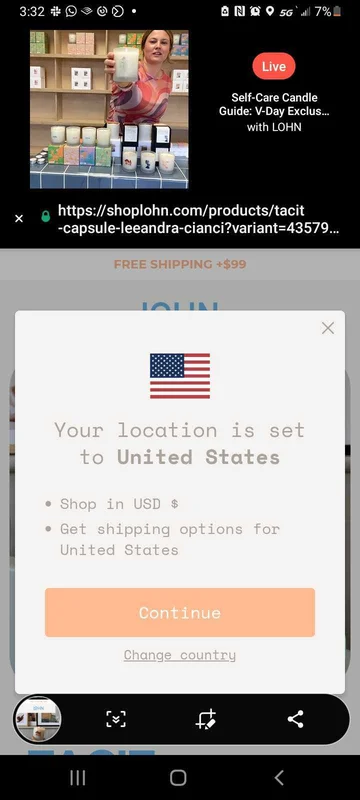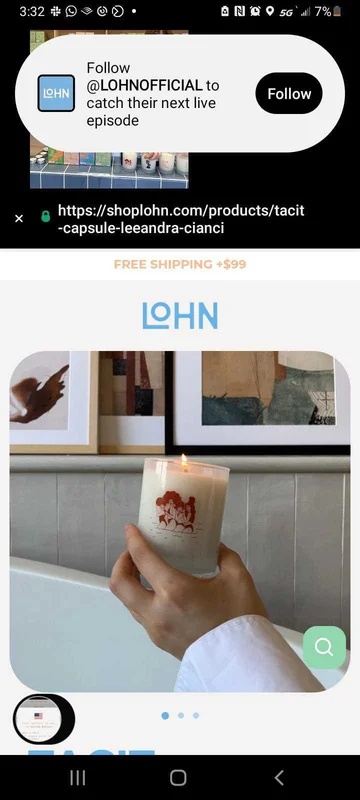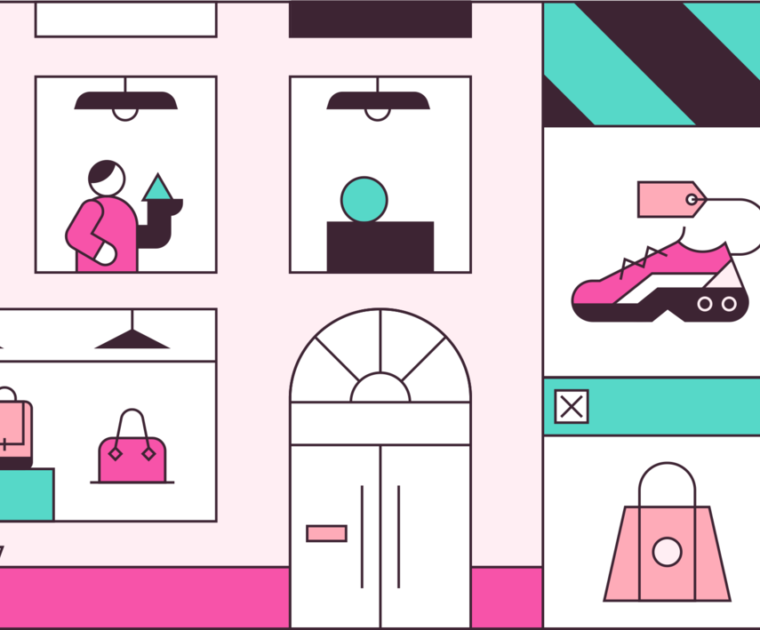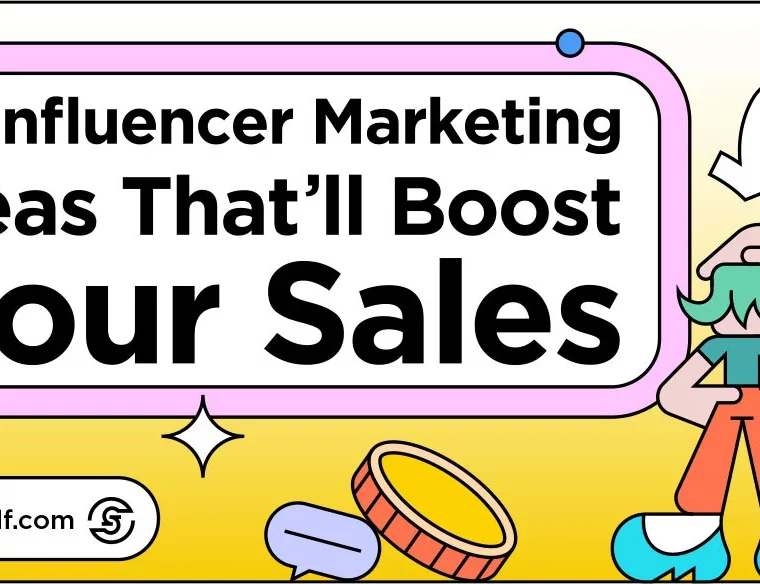Shopping has been part of our everyday lives for thousands of years, and Live Shopping has been around at least since the 1970s. In ancient times, we were bartering goods at the agora, and today, we’re shopping Black Friday Deals on Amazon Live. The fact is, exchanging goods and services has always been a massive part of the human experience.
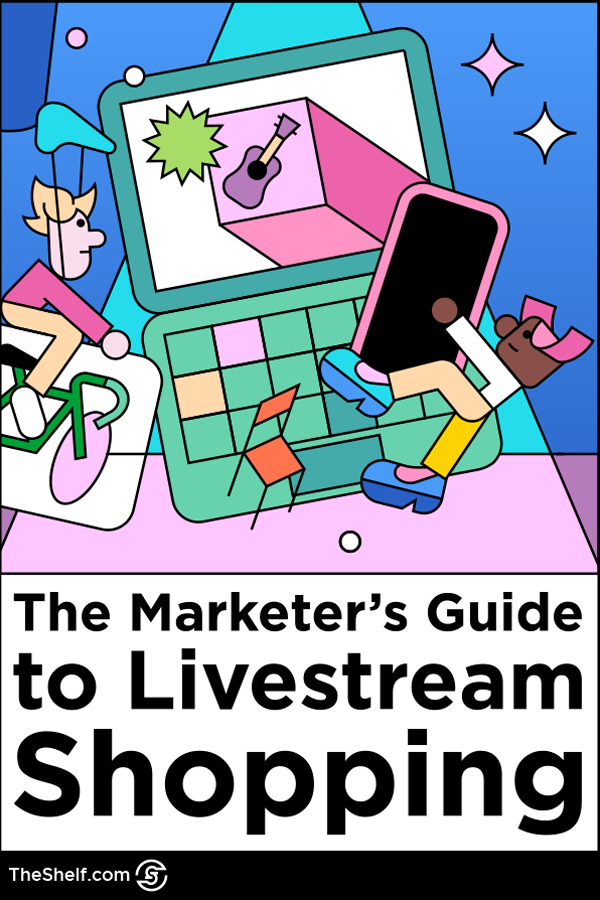
But…
Having an internet connection has created a whole new world of opportunity for retailers. Limits once imposed by distance or accessibility are now virtually nonexistent. We can now shop from anywhere in the world with just a few clicks.
While brick-and-mortar retailers are scrambling to become more creative, online shopping continues to grow. We’ve created this post to be the ultimate guide to Live Shopping in an effort to help marketers get the most value out of this growing industry.
So, pull up your Notes app. Let’s dive into the intriguing world of Livestream Shopping, and discover why marketers and consumers can’t get enough of it.
What is Live Shopping?
Live shopping (or Livestream shopping), in its current iteration, is the interactive process of buying and selling products or services during a live broadcast on a social or digital platform.
It’s a type of digital commerce done in real-time, usually on platforms like Amazon, Instagram, Pinterest, Facebook, or YouTube. The Live Stream is generally hosted by an influencer – social media creators, models, musicians, and celebs who are influential in the niche or category in which the selling is being done. Popular formats include activities like product unboxing videos as well as live Q&A sessions with product experts.
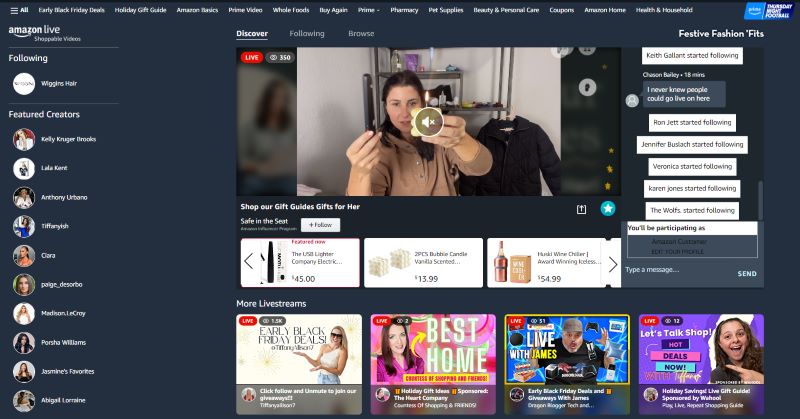
The main driver for Live Shopping? To boost user engagement with a brand via Q&As and real-time info
An internet connection isn’t the only criteria for closing the deal when it comes to Livestream Shopping. Customers typically want to get as much information about a product as they possibly can before making a purchase. So, live shopping is a two-birds kind of thing.
According to the 2022 YouTube Trends Report, 81 percent of consumers do product research before making a purchase. And a Live Shopping stream on social media offers many benefits that aren’t available with traditional online or in-person shopping, namely the ability to engage with potential customers in real-time just as they’re ready to buy. And that’s HUGE for younger shoppers.
- More than a quarter of those surveyed for the YouTube Trends Report said they want to be able to ask questions directly to product experts through social media.
- 50% of Gen Z consumers are more likely to buy from brands that demonstrate they really understand customers’ wants and needs.
A Livestream shopping event online marries the two shopping styles. Consumers get the convenience of shopping from a device paired with the human element. What’s not to love?
Home Shopping Network Audiences Have Been Live Shopping Since 1977
Cue scene: Early 2000s. I decided to stop by my aunt’s house for a quick visit. Everything always looked so beautiful there. So elegant. Flawless. The crystal figurines that she had on display shimmered with extraordinary brilliance.
As we chatted on this particular December afternoon, our conversation was interrupted by the faint sound of a diesel engine arriving. “Ooh!” she exclaimed as she quickly sprang up and power-walked to the side door. I curiously observed as she reminded the UPS driver of their agreement as he handed her a package. That agreement: he was only allowed to deliver packages if my uncle’s truck wasn’t in the driveway. For, you see, my aunt did not want him to see the frequency or final tally of the items she’d been ordering from QVC.
Live shopping online has evolved, but it isn’t exactly a new phenomenon, right? You may remember your parents or grandparents watching QVC, even if they didn’t necessarily buy anything. Heck, what 90’s mom didn’t want a bottle of Tova (my aunt had that one too, by the way)?
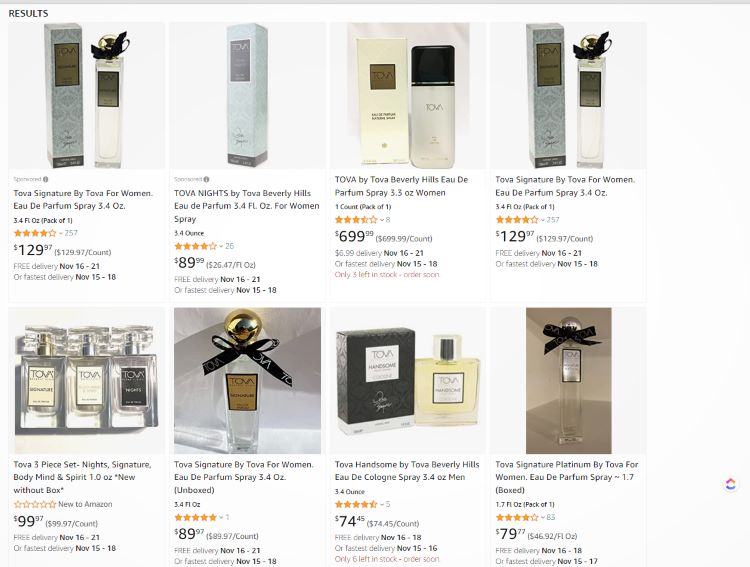
QVC was founded in 1986 and generated gazillions of dollars for merchants and aspiring entrepreneurs just by taking phone orders from customers who watched the shows and then decided to make purchases. The idea was to offer consumers an alternative to the already established HSC (Home Shopping Club), which started in 1977 on AM radio.
By 1982, the Home Shopping Club had grown enough to move from AM radio to TV. Its first broadcast was on a local cable channel in Florida. The growth continued, and by 1985, HSC went national and rebranded to become HSN, The Home Shopping Network.
A year later, the company went public. This led to an influx of less successful home shopping channels using live video content and traditional phone lines to close their target audience. Livestream shopping sessions are a transgenerational go-to. Some home shopping networks are turning 45 this year. And if you go to YouTube right now, you’ll find this:
So you see, live shopping has been a go-to for the last few generations.
One of the most disappointing online shopping experiences is buying an article of clothing, waiting for it to ship, then unboxing it just to discover that the fabric isn’t what you expected, or the stitching isn’t as good as it looked online. Livestream shopping enables consumers to avoid this problem. Interacting with the seller in real-time is one of the main benefits of livestream shopping.
It lets you get your questions answered before committing to a purchase. This also allows the seller to upsell or cross-sell products, all while driving traffic to the platform. The brand wins, the influencer wins, the consumer wins, and the platform wins. Everyone wins.
Where’s the Live Shopping Online Trend Headed?
The Livestream Shopping industry is still in its infancy here in the U.S. But, if we look to China, we can get a pretty good idea of where it’s headed. In a 2020 survey, 66 percent of Chinese consumers said they’d bought at least one product via Livestream. What’s even more impressive is that the Live Shopping industry in China is still relatively new.
Alibaba’s Taobao live debuted in May 2016. The Live Shopping trend quickly made its way to the U.S., and with good reason! American consumers are becoming increasingly comfortable with the idea of social-based Livestream Shopping. It’s not just the younger generations that are into it either. Baby Boomers are dominating the traditional online shopping space.
Consumers over age 65 are the fasting-growing category of online shoppers. Livestream shopping isn’t only limited to revamped QVC-style presentations. Innovators such as the Live Shopping app, Popshop Live, and other social platforms have started a revolution!
What Are The Different Formats of Live Shopping Broadcasts?
First, let’s look at the different presentation formats for Live Shopping. There are a handful of really popular methods that offer different types of experiences for viewers. Here are a few examples:
- Product launches
- Unboxing videos
- Product demonstrations
- How-to guides
- Live Q&As
- Contests and giveaways
The Top Live Shopping Platforms (Especially for Influencer Marketing)
One Instagram feature that is retiring this year is the live shopping feature, according to TechCrunch. Not to be confused with the platform’s popular shoppable posts, which IG looks to be keeping. Only the live shopping feature is going away. But across platforms such as TikTok, Youtube, and Pinterest, livestream shopping is on the come-up.
Live Shopping on Facebook
Facebook is the most widely used social media platform on the planet. It makes sense for live shopping on Facebook to be booming. Facebook live shopping has been a great way to connect with your customers and form a dedicated following. With nearly 3 billion active users, Facebook is a great way to reach a large audience with your live shopping content.
Benefits of using Facebook for live shopping include:
- Access to the largest pool of social media users in the world.
- The ability to use the platform to create a more personal connection with viewers by sharing the story behind the product.
- Livestream shopping increases sales because customers can purchase products without leaving the site.
The amount of success live shopping Facebook has produced may have been too great! Is the shopping experience so good that it’s infringing on the success of Instagram? Meta has announced that effective October 1, 2022, Facebook Live Shopping will no longer be available. Meta has reported a 32% year-over-year increase in US e-commerce sales in 2020.

By 2023, the expected revenue from global Livestream Shopping sales will be $500 billion. It chose to allow live shopping on Instagram to continue to grow while halting the development of Facebook Live Shopping. Meta stated, “As consumers’ viewing behaviors are shifting to short-form video, we are shifting our focus to Reels on Facebook and Instagram, Meta’s short-form video product.”
Live Shopping on TikTok
With over a billion active users, TikTok is one of the world’s most popular social media platforms. TikTok shopping tested Shopify merchants in the United States and the United Kingdom before growing to Canada and expanding from there. Live shopping on TikTok comes with quite a few benefits. A few include reaching a large audience, creating a more engaging shopping experience through storytelling, and increasing sales because customers can purchase products without ever having to leave the site. TikTok LIVE is most effective when brands experiment and align live concepts with their business objectives. The Ipsos study shows TikTok users are interested in engaging with all forms of LIVE content from brands, including:
- How-to/tutorials (80%)
- Product releases (78%)
- In-depth product reviews (77%)
- Q&As (74%)
- Product sales (72%)
- Live events (72%)
A few notable features of TikTok live shopping is the ability to create a custom stream with a product playlist, the option of going live from desktop or mobile, and allowing consumers to purchase directly from the live event with Checkout. Select creators can now use Shoppable Recipes in food videos. This fun feature lets users shop for items now through an Instacart TikTok Jump. This feature makes shopping for a dish’s ingredients super easy by adding everything they want to their shopping cart with one button.
Live Shopping on Twitter
Twitter has also recently entered the live shopping space. In Late 2021, Twitter partnered with Walmart, entrusting their livestream shopping debut to singer-songwriter and social media heartthrob Jason Derulo. The partnership with Derulo is strategic, as the artist has a massive social following.
Twitter’s newest addition to the Twitter shopping family is ‘Product Drops.’ With this service, when a brand tweets about a new, upcoming product launch, followers will see a “Remind me” button within the tweet. When the product launches, notifications will be sent 15 minutes before the product becomes available to the general public. This eliminates potential cancels the consumer’s FOMO and gives them a better chance of getting their hands on the product before it sells out.
Live Shopping Experience on Amazon (Amazon Live)
Amazon’s entry into the live-streaming market should not come as a surprise, as it is one of the company’s several moves to expand its e-commerce dominance beyond just being an online retailer. What is surprising, however, is how quickly Amazon Live has been able to catch up to the competition.
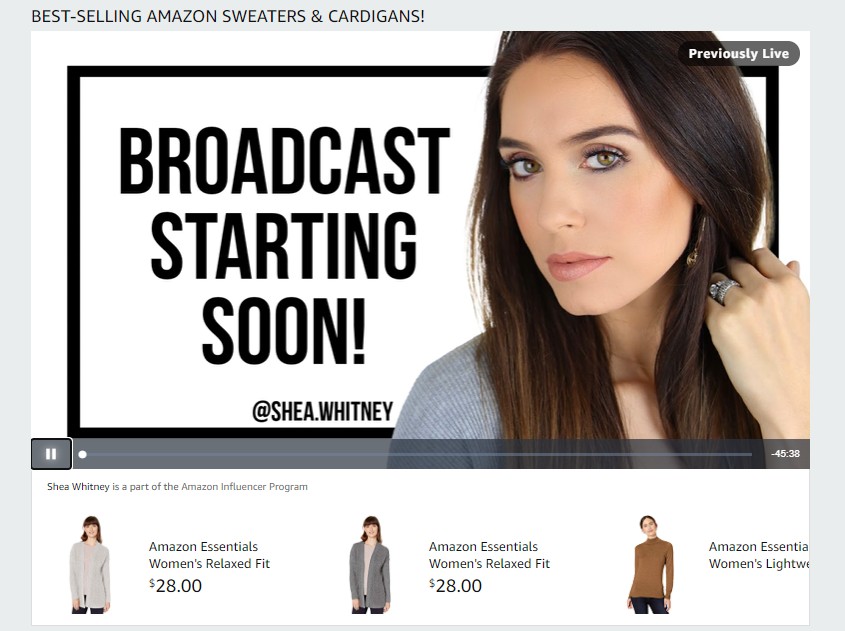
The e-commerce giant designed its live shopping platform with the intention of cultivating a customer experience wherein creators/merchants inspire, inform, and entertain patrons through real-time brand interaction. There are three vehicles through which Amazon wants its audiences to be engaged.
- Amazon Hosted: Amazon curates live shows with specific themes and purposes. The host candidly recounts their experiences with the product and educates the shoppers about product offerings. Amazon-produced live streams require a minimum spend of $50,000, so not everyone qualifies for this option.
- Partner Hosted: These are similar to Amazon Hosted shows, but the difference is that the partner (influencer, celebrity, etc.) host shows and have creative control over the show.
- Brand Generated: This is for smaller businesses and entrepreneurs who want to get in on the action but don’t have the resources to do so. Amazon gives users a set amount of time (usually an hour) to sell as many products as possible. What is compelling about Amazon Live is that it has the potential for high viewership and very high conversion rates.
The change has driven Amazon’s bottom line in a colossal way in the past year. Adobe Analytics’ Digital Economy Index reported the average household shopping Amazon’s 2022 Prime Day event spent $116.58 by 9 a.m. Eastern Time on July 13, according to Chicago-based market research firm Numerator. That’s up 26.6% from $92.09 by the comparable point during last year’s Prime Day.
Amazon has also entered the live shopping space with its live streaming service called Amazon Live Shoppable Videos. This is different from Livestream Shopping because it is not a Livestream of a person but a recorded video explicitly created to sell products.
Some of the advantages of Amazon Live Shoppable Videos in addition to their ability to drive sales are that they are less expensive to produce than traditional live streams. They can also be made in advance so that they can be scheduled to go live at the most advantageous time for the brand.
Another advantage is that these videos can be edited and re-edited to ensure that they are high quality and engaging, without the need for a live stream which can often be more chaotic. Once the retailer branches off into other regions, the pre-recording will be a benefit to creators without a reliable internet connection.
The disadvantage of Amazon Live Shoppable Videos is that they are not live; therefore, there is less opportunity for interaction with online shoppers.
Online Shopping on Pinterest (Pinterest TV)
Pinterest has always been the go-to platform for inspiration in fashion, beauty, and home decor. With the introduction of Pinterest TV (PTV), it’s become a one-stop shop for consumers’ favorite products, too. What is PTV? It’s a new vertical on the app that’s dedicated to long-form video content from your favorite creators.
Originally, Pinerest TV focused on drawing viewers by featuring shoppable live episodes featuring Pinterest’s most popular key opinion leaders, including Tom Daley, Christian Siriano, and Manny MUA. Now, brand channels, smaller influencers, and even newbies can launch live shoppable experiences on the platform. We spotted this Valentine’s Day self-care candle guide from LOHN just today.
PTV is a way for users to shop for their favorite products while getting expert advice on how to style them. It’s the perfect solution for anyone who’s ever seen an outfit they love but had no idea where to start when putting together a similar look.
Pinterest swaps out videos each weekday and allows on-demand viewing. On Fridays, products can be purchased at a discounted price during a weekly live shopping event.
To start live shopping on Pinterest, pinners simply open the app and go to the Explore tab. Then, tap on the Live Shopping tab at the top of the screen. This will display a live feed of real-time products users can browse and shop for. Pinterest has noted, “In 2021, the number of Pinners engaging with shopping surfaces on Pinterest grew over 215%, and 89% of weekly Pinners use Pinterest for inspiration in their path to purchase.”
Live Shopping on YouTube
YouTube has been intentional about meshing its viewing experience with e-commerce. It’s offering a place for creator’s merch, shoppable ads, and finally, Live Stream shopping.
YouTube is historically where consumers do research before making a purchase, so it only makes sense that the platform would want to get in on the action. In fact, one of the most compelling YouTube statistics is that 89 percent of viewers agree that YouTube creators give them the best information about products throughout the purchasing process.
YouTube Live Stream shopping is a combination of an influencer live streaming their content with the ability to click and buy the products they’re using or talking about in real time. The search engine strives to grow its live shopping feature by partnering with e-commerce enabler Shopify.
Their joint efforts have resulted in an integrated live shopping online experience that allows creators to tag their products in each live stream— allowing consumers to window shop and buy without ever having to leave YouTube.
Conclusion: Looping Livestream shopping into your influencer strategy
Youtube has been intentional about meshing its viewing experience with e-commerce and increasing gits gross merchandise value. It’s offering a place for creator’s merch, shippable ads, and finally, live stream shopping. YouTube is historically where consumers do research before making a purchase, so it only makes sense that the platform would want to get in on the action. In fact, one of the most reassuring YouTube statistics is that 89% of viewers agree that YouTube creators give them the best information about products throughout the purchasing process.
Youtube live stream shopping is a combination of an influencer live streaming their content with the ability to click and buy the products they’re using or talking about in real-time. The search engine strives to grow its live shopping feature by partnering with e-commerce enabler Shopify. Their joint efforts have resulted in an integrated live shopping online experience that allows creators to tag their products in each live stream- allowing consumers to window shop and buy without ever having to leave YouTube.

About the Author
Lira Stone | Effective, Magnetic Strategist
For over a decade, my focus has been ensuring that professionals stay ahead of the curve in the most time-efficient, task-prioritized, and stress-free manner possible. My extensive experience has equipped me with the knowledge to design a concise, company-culture-relevant, methodical approach to Internet sales and marketing.


